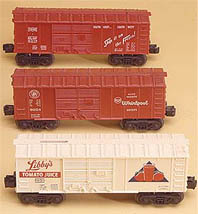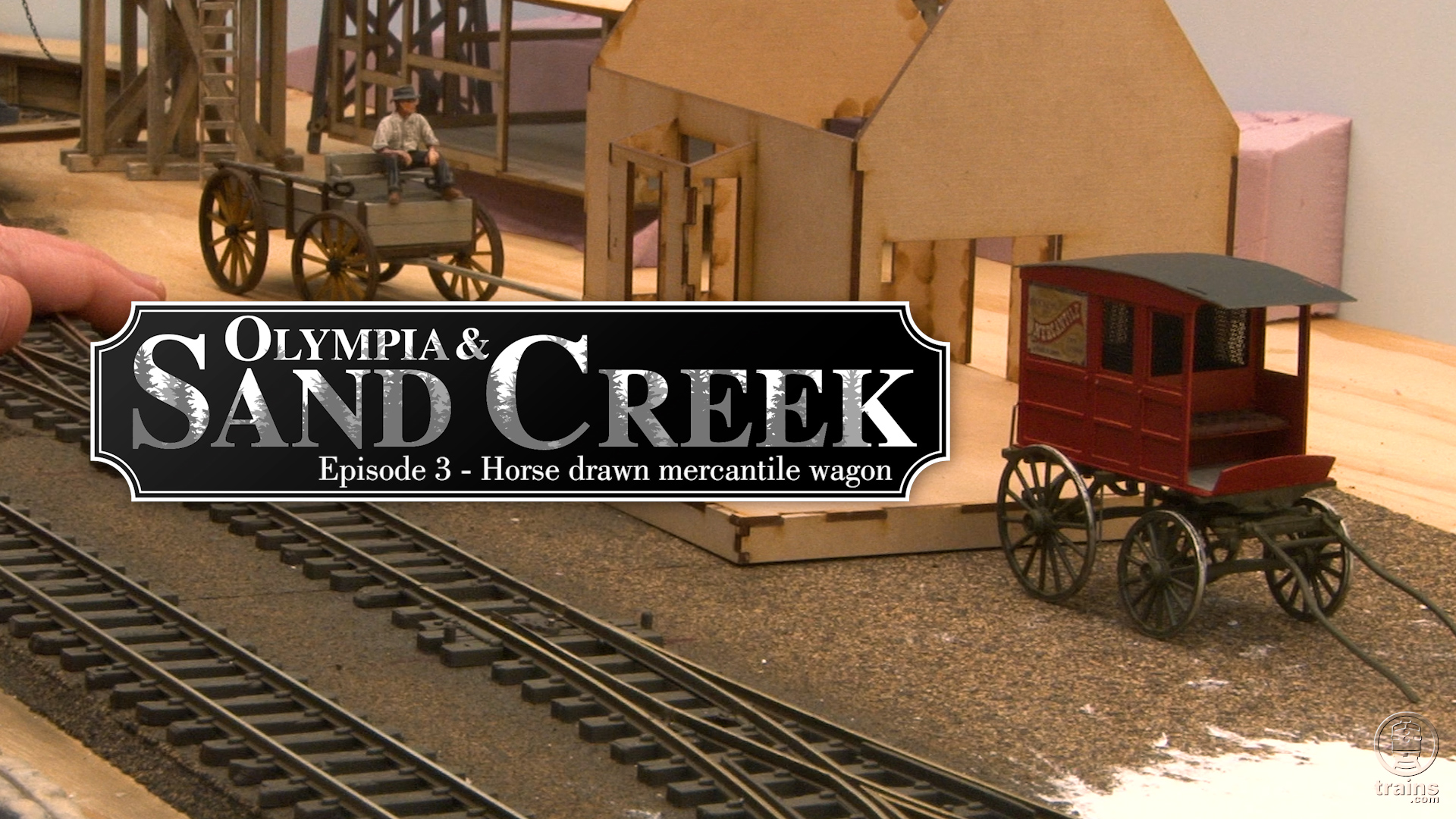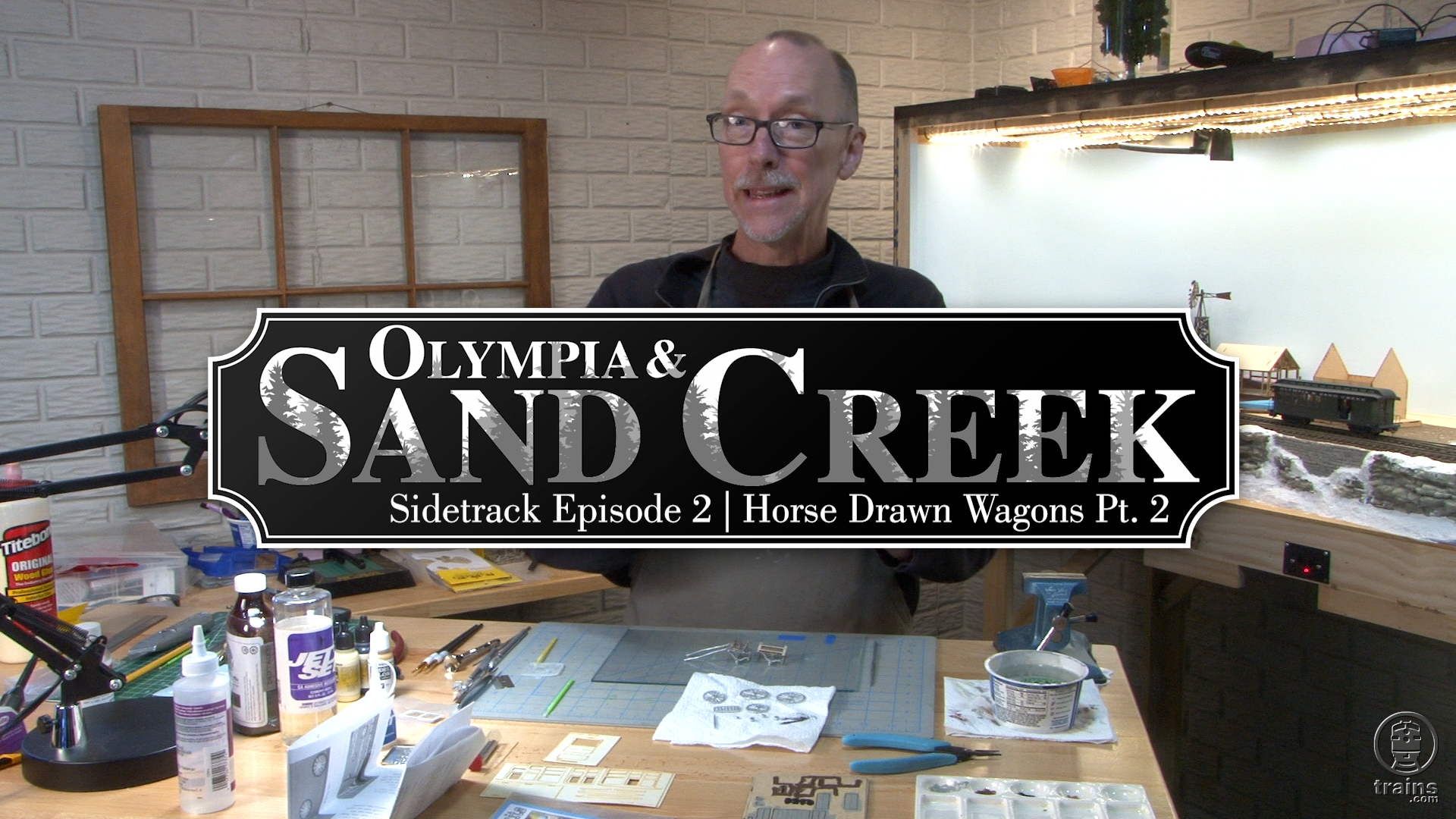In general, the Train Collectors Association has established several categories of condition that help in determining a train’s value:
Mint or New means brand new, often in its original, unopened packaging with all original paperwork included.
Like New means free of any blemishes, nicks, or scratches with original condition throughout. Boxes in pristine condition often are sold with the item, but the item is usually not in the box.
Excellent means exceptionally clean with minute scratches or nicks but no dents or rust.
Very Good means clean, with a few noticeable scratches, but otherwise free of dents, rust, or warping.
Good means quite a few scratches with some small dents and dirty spots.
Fair means well-scratched, chipped, dented, rusted, and/or warped.
Poor means particularly beat-up; items often are used for parts or restorations.
Values for trains in a given geographic region depend on the trains’ relative availability, scarcity, or desirability. Also, the economic conditions and preferences for particular road names in a given area may affect prices. Remember, if you’re selling trains to a retailer, you’re selling at wholesale. You’ll rarely, if ever, get full value in return. Instead, expect to receive about 50 percent of the average value, since retailers or other resellers expect to make some profit on the transaction when reselling.
There are several ways to find the value of particular toy trains. First, check with local hobby shops that deal with toy trains. If the hobby shop owner doesn’t have an idea of your train’s value, he or she may know of a local collector who would. Second, attend swap meets and train shows. Talk with toy train collectors there and show them your train. They can help judge its condition and, consequently, its value. It’s best to talk with several different collectors and to average their guesses on the train’s value. Third, pocket price guides, such as those published by Greenberg Books, a division of Kalmbach Publishing Co., can be helpful for getting an approximate price. They can be ordered by calling 1-800-533-6644. However, use them as guides only, as fluctuations sometimes occur due to supply and demand.
If still unsure about a train’s value, check with several trusted friends or associates who have experience in collecting and buying trains from similar manufacturers.









